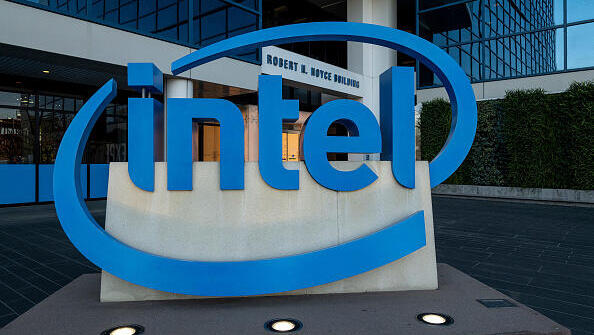
Who will be Intel’s next CEO? Srouji, Murphy, and Tan lead the pack
The Apple, Marvell, and Cadence executives are among the leading candidates to replace Pat Gelsinger following his shock departure earlier this week.
Intel's search for a new CEO will focus on external candidates, including potentially appointing Israeli Johny Srouji, senior vice president of Apple's internal chip unit, according to a report by Bloomberg. Other leading candidates include Matt Murphy, CEO of chip company Marvell, and Lip-Bu Tan, current chairman and former CEO of Cadence, which develops software and hardware for chip manufacturers.
The sudden resignation of Intel CEO Pat Gelsinger this week left the chip giant without a succession plan, just as it faces one of the most challenging crises in its history. Chief Financial Officer David Zinsner and senior executive Michelle Johnston Holthaus, with over 50 years of combined experience at Intel, have been appointed interim co-CEOs while the board of directors begins the search for a permanent replacement.
Traditionally, Intel has promoted CEOs from within its ranks. Except for Bob Swan, who served as CEO from 2018 to 2021 after joining as CFO just two years earlier, all Intel CEOs have had decades of experience within the company, primarily in engineering and development roles. This tradition was credited with contributing to Intel's stability over many years but may have also entrenched a corporate culture that led to the company missing critical opportunities, such as the mobile and AI revolutions.
A significant factor for the board to consider is the wave of senior leadership departures in recent years, which began during Brian Krzanich's tenure and substantially reduced the pool of internal candidates. As a result, Bloomberg reports that the board has hired executive recruitment firm Spencer Stuart to explore external candidates.
Murphy and Tan are seen as strong contenders due to their deep experience in the chip industry and their potential to introduce fresh perspectives and a revitalized organizational culture. Tan, in particular, has an advantage due to his prior experience with Intel as a board member between 2022 and August 2024. Neither Murphy nor Tan responded to Bloomberg’s inquiries, but Murphy publicly reaffirmed his commitment to Marvell during an analyst call, describing the company as "amazing" with "the best technology." However, industry observers note that a competitive compensation package could sway such declarations.
Related articles:
Another leading candidate is Johny Srouji, Apple’s Senior Vice President of Hardware Technologies. Srouji, who holds bachelor’s and master’s degrees in computer science from the Technion, began his career at Intel in 1992, holding senior engineering and management positions before moving to IBM in 2005. He joined Apple in 2008, where he spearheaded the transition of Apple’s Mac line from Intel processors to chips developed under his leadership. This move significantly improved the performance and battery life of Apple devices, marking a notable setback for Intel. Srouji was previously considered for Intel’s CEO role following Krzanich's resignation in 2019, but the board ultimately chose Gelsinger.
Other potential candidates include former Intel executives such as Stacey Smith, a former CFO who rejoined Intel as a director in 2023, and Gregory Bryant, previously head of Intel’s PC division and now president of Analog Devices’ business unit. Bryant is set to leave his current role in March. Another possibility is Renee James, who joined Intel in 1988, served as a technical assistant to legendary CEO Andy Grove, and later became company president in 2013 before founding Ampere Computing, a competitor in the chip industry. Kirk Skaugen, former head of Intel’s server chips division, is also reportedly under consideration.
Intel’s board is also exploring the possibility of recruiting executives from rival companies such as TSMC, AMD, and Nvidia. Securing a senior leader from Nvidia would be particularly noteworthy due to its expertise in AI chip technology. However, this could prove challenging. Nvidia’s massive success might deter its top executives from joining a company facing Intel’s current struggles. Additionally, Nvidia’s unique horizontal management structure, where dozens of senior leaders report directly to CEO Jensen Huang, may make identifying suitable candidates more complex.
